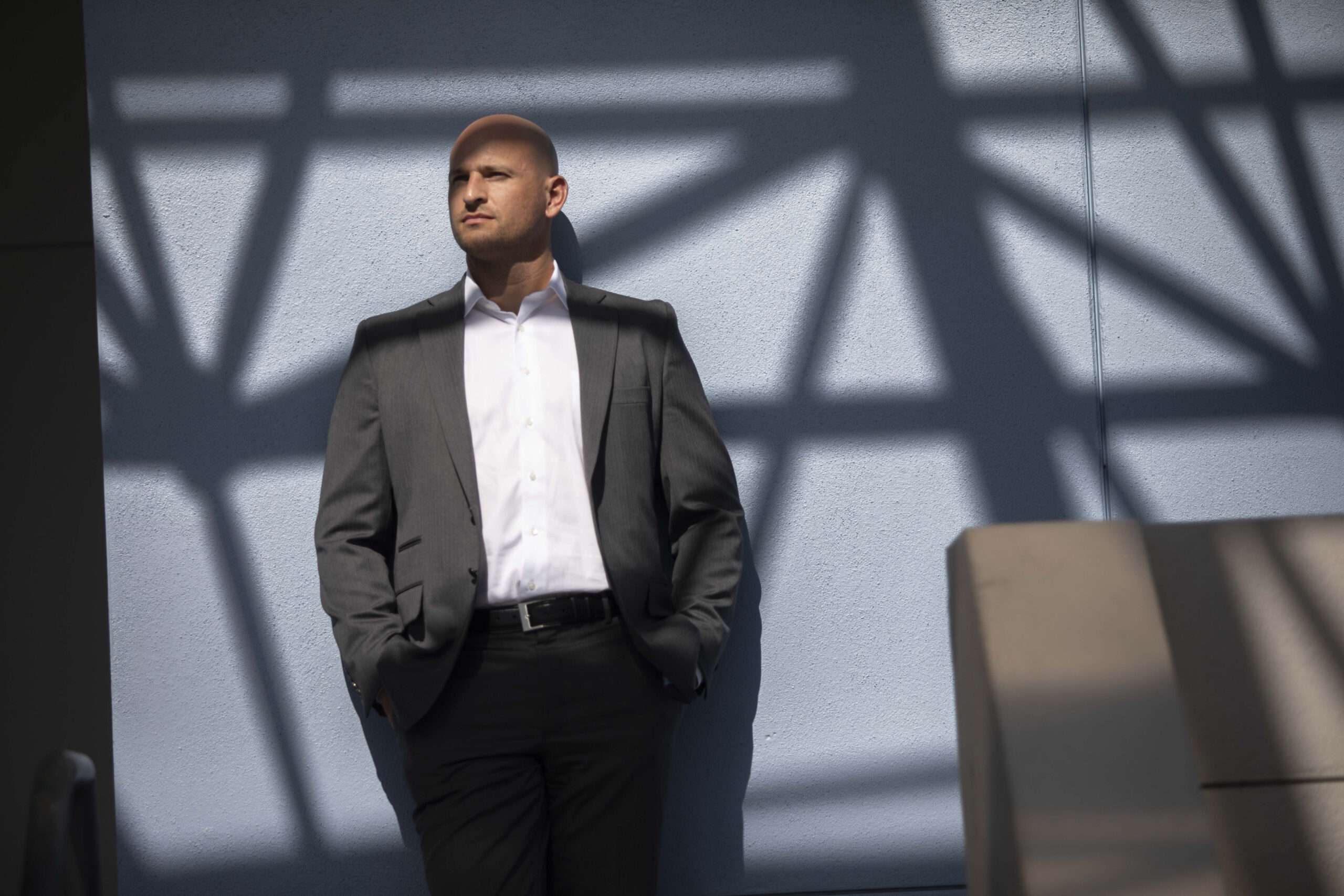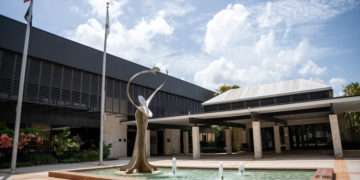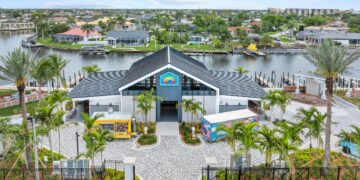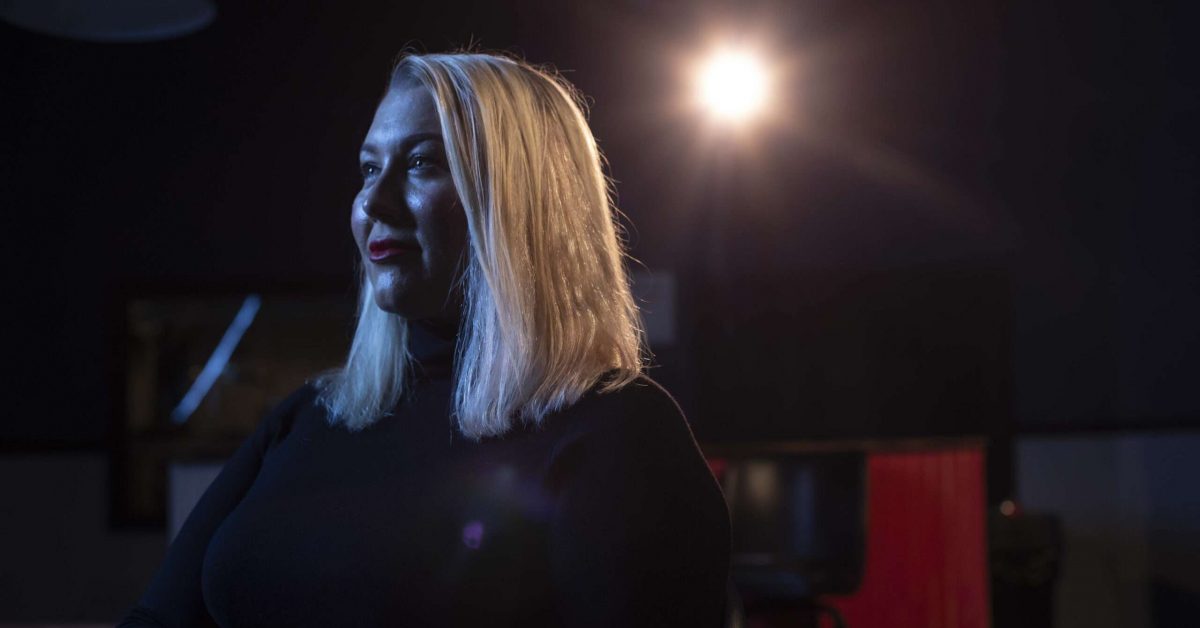Among the pandemic, market fluctuations, worker shortages and hurricanes, many Southwest Florida business leaders are realizing the need to stabilize and strengthen their workforces to make them more resilient and sustainable. To do that, some leaders are embracing the concept of regenerative leadership.
“‘Regenerative’ is this idea of creating the conditions conducive for life to continuously renew itself, to transform in new ways and to flourish amid ever-changing conditions. Look at the work that we’re doing globally around agriculture … creating lands that are able to sustain themselves and able to grow fruit and vegetables in ways and in climates that are conducive for it to be replenished over and over again,” says Jason Teeters, a strategist and founder of the consulting firm Jet Set State in Fort Myers.
“Regenerative leadership is really sort of taking that same concept into the workforce. How are organizations really thinking about their long-term impact? And the reality of it is this idea of ‘How do you renew, replenish and revitalize your workforce?’ Now, with so many upheavals, there’s been this real shift in the understanding of ‘How do we design our organizations to feel a lot like a living organism, and how are those pieces connected to the bigger picture in the whole system?’”
Though the concept of applying agricultural norms to leadership may sound new, it’s based on the idea of biomimicry, in which the models and systems of nature are used to solve complex human issues. And while the desire to build a sustainable business and workforce has been around for some time, rapidly changing business environments are dictating new approaches and applications for achieving that goal.
“We talk about sustainable people, sustainable profits and sustainable planet; the three pillars of sustainability that have been around for a long time. So, when we as an organization want to maintain sustainability, we have to do a lot of forecasting [and] we have to try to be a little bit more agile and adaptive to changing environments,” says Meagan Baskin, director of the Southwest Florida Leadership Institute and Associate Professor of Management at Florida Gulf Coast University. “I think a lot of organizations focus on maybe shorter-term windows, 10 years or five years, on their product lines. But when it comes to people and the sustainability of our workforce, we have to do more deep dives into what is the supply and demand of the resource that we’re utilizing. So, if we’re in the education field, for instance, teachers, [and] we have a shortage, that indicates to me that they haven’t done a good job of forecasting the supply and demand of potential teachers.”
New and evolving technology can dictate rapid changes to a company’s goods or services and affect the sustainability of its profits, but for generations, many businesses considered an available workforce to be an endless resource. However, remote work, the pandemic, Hurricane Ian and the worker shortage have all demonstrated the need for regenerative leaders to place greater emphasis on establishing and maintaining a sustainable ecosystem of employees. It may be different for every company, but the recent societal disruptions highlighted the importance of an employer’s role in engaging and nurturing its workforce to maintain their productivity.

“Our approach is to really empower our employees because, at the end of the day, the company is not taking care of our customers. It’s individuals within the company that are taking care of customers,” says Brandon Box, president of Cogent Bank’s Southwest Florida market. “We recognized that we want to invest in people, and people want to be invested in. They don’t want to just be in the same role for the rest of their lives; they want the opportunity to grow, and we try to encourage that.”
Building a sustainable workforce has become more of a challenge, as the same forces that affect employees also have made it more difficult to maintain a sustainable business. And Box said that’s where the concepts of biomimicry and regenerative leadership are also important for any entity. Even a bank.
“Diversity is important in a lot of areas, but from a business channel standpoint, we’ve learned that being too heavily concentrated in any one area … was a good way for a bank to fail. As we learned with Silicon Valley Bank last year, concentration really is the biggest risk to banks,” he says. “To be a sustainable company long term, you have to have a lot of different revenue streams. Going back to the agricultural model, it’s very similar. If you just do tomatoes and you get diseases or infestations that kill your tomato plants, you better hope you have some citrus or some other smaller products to keep the farm going.”
It may be gaining new traction with many business leaders, but the idea of regenerative leadership, and the goal of building a self-sustaining business, is essentially an organic part of most nonprofit entities. Even though many charitable organizations don’t adhere to the traditional idea of sustainable profit, most nonprofits do follow regenerative concepts to build resilience, workforce stability and long-term sustainability.

“We’re mission-based. I think it would be lovely if we achieved our mission and just got out of the business. I don’t know many nonprofits that get to say, ‘Oh, we solved this.’ So it makes it regenerative by nature, because these missions are aimed at solving a problem and those problems are usually evolving,” says Molly Rowan-Deckart, executive director of Alliance for the Arts, a nonprofit visual and performing arts center in Fort Myers. “Our mission is [to] transform lives and improve our community through the arts. Well, improving our communities through the arts is going to be forever. It’s a never-ending goal. So that kind of regenerative leadership takes place organically, because you have to look at the sustainability of that long-term growth and innovation.”
Just as a nonprofit’s mission may evolve, the donors who support it may change, as well. That evolution may be especially noticeable when those donors are affected by the same environmental and market factors that can affect a for-profit business.
“I think in any nonprofit, we’re really seeing a big evolution,” Rowan-Deckart says. “Gone are the days of people writing you really large checks. Philanthropy is changing, and the digital application of that has a lot to do with it. If you’re in the 30s or 40s age range, you don’t give $20,000 anymore because you don’t have it to give. But what we’re seeing trend-wise is that people have to connect to whatever it is that you’re doing, and they tend to give more frequently and much lower amounts throughout the year. So that tells us we consistently need to make strong connections with the community in order to earn that trust and build it in a way that they want to part with their hard-earned dollars a few times a year.”
Since every business and every business leader is different, applying the principles of regenerative leadership and striving for a sustainable business and stable workforce isn’t a one-size-fits-all process. But in broad terms, Box believes building a regenerative, sustainable business may be as simple as sowing what you want to reap.
“A lot of little seeds planted is going to bear a lot more fruit than one big tree. Similarly, one big tree may produce a little bit of oxygen, but if you have a whole forest, even though they’re smaller trees, you’re going to have a lot more oxygen being put out to the atmosphere,” he says. “None of us are perfect bankers, but what we’ve tried to do (at Cogent) is if everybody does a little bit more and everybody is a little more productive because of the investment that leadership has made in that employee, the organization as a whole is going to be a lot better positioned over the long run. If everybody just gets a little time and energy, the organization’s going to be a lot more successful.”
 Six habits of regenerative leaders
Six habits of regenerative leaders
Systemic leadership
Being a systemic and holistic thinker encompasses the ability to appreciate the interconnectedness and interdependency of the whole system, at all levels, and to recognize how changes to parts of the system affect the whole.
Inclusive leadership
Regenerative leaders are inclusive leaders. This requires that they are self-aware and empathetic, with high levels of emotional intelligence. Equally important are sincerity, personal humility and reflexiveness, which requires the ability to see their own place in and influence on a situation.
Strategic leadership
Regenerative leaders need to think long term. This entails having a strategic perspective and using foresight tools to help others see the whole while not discounting the future.
Caring leadership
A regenerative leader is caring and morally driven. They care for the well-being of humanity and all other forms of life, as well as being guided by a moral compass. They are altruistic leaders who focus on transcending self-interest and promoting the collective or the good of the whole; they are servant leaders.
Innovative leadership
Realizing a regenerative future will almost certainly be impossible without breakthrough innovation; we need innovative leadership. Leaders with a creative style enjoy playing the role of designer, architect, innovator, game changer and transformer of systems.
Courageous leadership
Regenerative leaders require moral courage. They need to be convinced that they are fighting for a higher cause and be prepared to challenge the status quo, or even make personal and professional sacrifices to pursue their purpose.
SOURCE: CSR International





